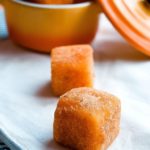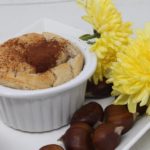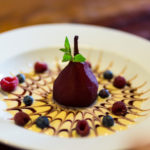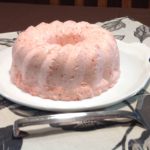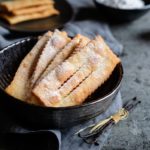FIG COOKIES

This fig cookie recipe brings out the magic flavour of an incredible, sugary fruit. Figs are at their best at the second part of August and the beginning of September, and if you have the possibility to buy them or better yet get them ripened on the tree, you are a very lucky person. The filling could be replaced by fig jam, but it would not have the same incredible taste enhanced by lemon zest and almond flour, which create an unmistakable taste.
Since the flour reacts differently depending on the country of origin and the percentage of gluten, it is difficult to be precise. Moreover, the size of the egg can also contribute to a great variation. Add one or two tablespoons of milk to the pastry if the dough is too dry.
Prep Time: 5 minutes | Cooking Time: 35 minutes | Total Time: 40 minutes | Yield: Makes 4 servings.
Ingredients for the shortcrust pastry
- 1 cup (140 g) multi-purpose flour
- ¼ cup (40 g) corn starch
- 1½ tbsp (10 g) almond flour
- 1 tsp (3 g) baking powder
- ¼ cup (50 g) white sugar
- 2 tbsp (60 g) butter
- 1 egg
- 1 tbsp (15 ml) milk
Ingredients for the filling
- 9 oz (250 g) fresh figs, peeled and chopped
- 2 tbsp (30 g) white sugar
- ½ lemon zest, grated
- 3 tbsp (20 g) almond flour
Instructions for the shortcrust pastry
In a mixer, mix all the dry ingredients with the butter until it crumbles. Place in a bowl or on a marble surface and knead with the egg and milk. Wrap in plastic wrap and let it sit in the fridge for 30 minutes.
Instructions for the filling
In a pot, cook the sugar, figs and lemon zest together for 10 minutes. When it cools, add the almond flour and mix again.
Roll the shortbread pastry between two sheets of parchment paper. Cut the pastry edges into a rectangle, then cut again into two rectangles. Place the filling in the centre of each rectangle lengthwise and seal it, overlapping the two edges. Move the two rolls to the fridge and let sit for 15 minutes.
Heat the oven to 350 F (180 C) Bake the cookies for 25 minutes and cut them only when they reach room temperature.

